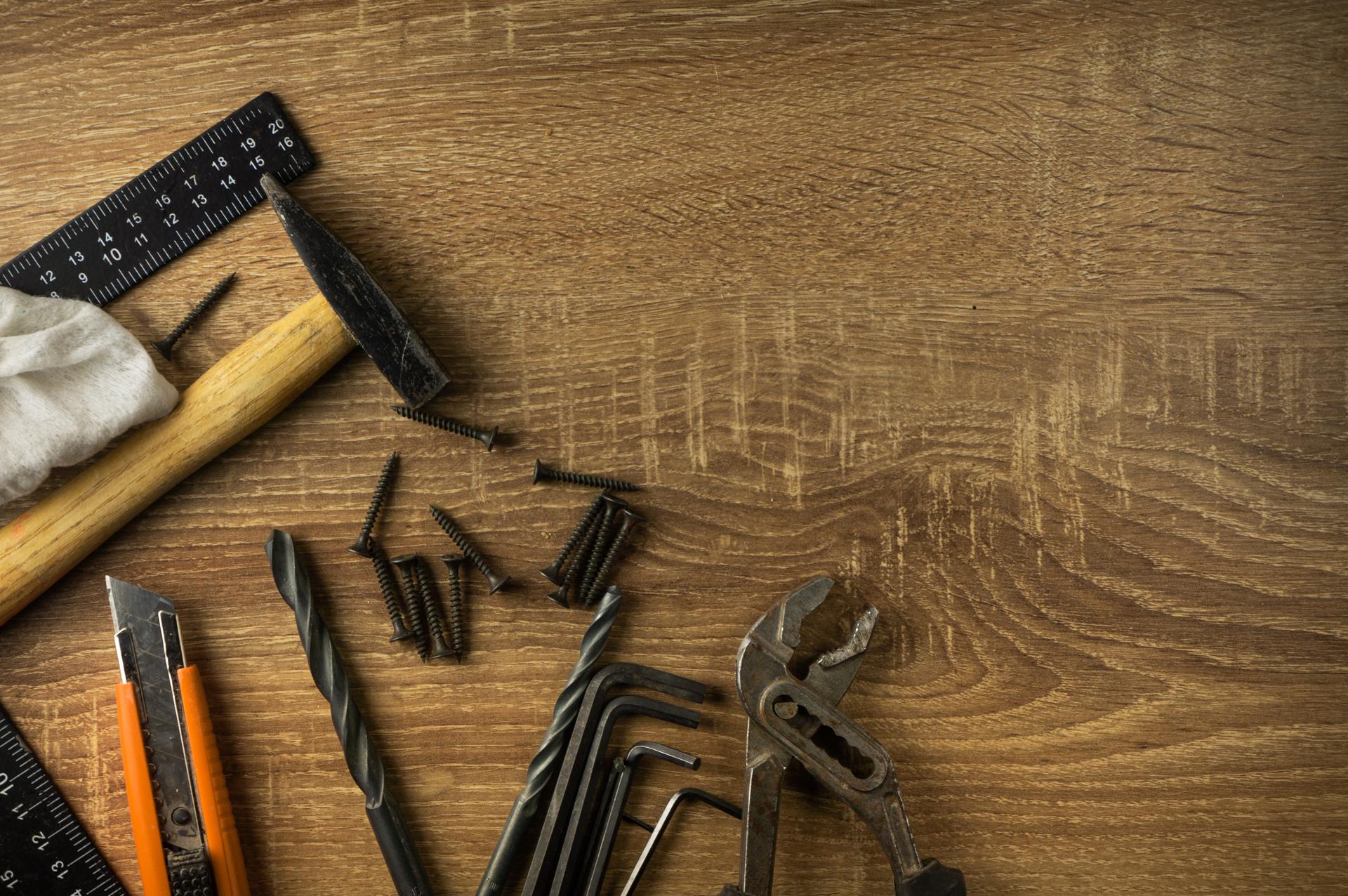Repair Your Home's Plumbing Problems Like a Pro with this Do-it-yourself Guide

They are an essential part of every household. If they’re not properly maintained, they can become the source of numerous problems that can lead to frustration and costly repairs.
There are numerous benefits to learning how to resolve small plumbing problems yourself, like saving money and learning important skills. In this article, we’ll discuss common plumbing issues and how to fix them yourself. these issues.
Common Plumbing Issues
Dripping Faucets
Dripping faucets are not only irritating, they also waste a significant quantity of water in the course of. The most frequent cause for a dripping faucet is a damaged washer, or an O-ring. To fix this issue, turn off the supply of water for the faucet. remove the handle, and then replace the worn-out washer or O-ring.
Running Toilets
A running toilet is a common plumbing issue that could waste a lot of water. The most frequent reason is a malfunctioning flapper valve that doesn’t seal properly, allowing water to leak from the tank to the bowl. To correct this problem, turn off your water source to the toilet. open the tank lid, and adjust or replace the valve that seals it.
Clogged Drains
Clogged drains can be caused by various things such as soap, hair, or food particles. To resolve this issue, you can try using either a plunger or drain snake to eliminate the clog. You can also make a mix of baking soda and vinegar to dissolve the clog.
Low Water Pressure
Low pressure water in the pipes could be due to a variety of reasons, such as the buildup of minerals in pipes or a malfunctioning pressure regulator. To fix this issue try cleaning the aerator or replacing pressure regulator.
Tools required for DIY plumbing
To perform DIY plumbing, you’ll require some basic tools, such as the plunger, an adjustable wrench pipe wrench Teflon tape and screwdriver. The tools you have on hand can make it much easier to fix minor plumbing issues.
Tips to be Safe when doing your own plumbing
Safety should always be top of mind when making any plumbing work that you do yourself. Some safety tips to consider include shutting off the water source prior to making any repairs, and wearing gloves and safety glasses as well as keeping a first-aid kit nearby in case emergency situations.
DIY Plumbing Techniques
To fix common plumbing issues, you will need to learn some DIY plumbing methods, such as how to shut off water flow or fix a dripping faucet, how to fix an unresponsive toilet or unblock the drain, and also how to boost the pressure of water. These methods can save you time and money on minor plumbing repairs.
Conclusion
In conclusion, learning how to repair minor plumbing issues yourself is beneficial in numerous ways. Not only will it cost you less money, but it could also give you satisfaction and valuable knowledge. However, for more significant plumbing problems, it’s better to consult an experienced plumber.
FAQ
Can I fix a plumbing problem myself?
Yes, you can fix minor plumbing problems yourself by learning some basic plumbing tips for DIY.
Which are the top common plumbing issues?
The most common plumbing problems are dripping water from faucets, blockages in drains, as well as low pressure water.
What tools do I need for plumbing projects at home?
You’ll need some indispensable tools like a plunger, adjustable wrench, pipe wrench, Teflon tape, and the screwdriver.
Is DIY plumbing safe?
DIY plumbing can be secure if you adhere to safety guidelines and take appropriate precautions.
When should I contact for a licensed plumber?
You should call a professional plumber to address plumbing issues that require specialized equipment and expertise.
